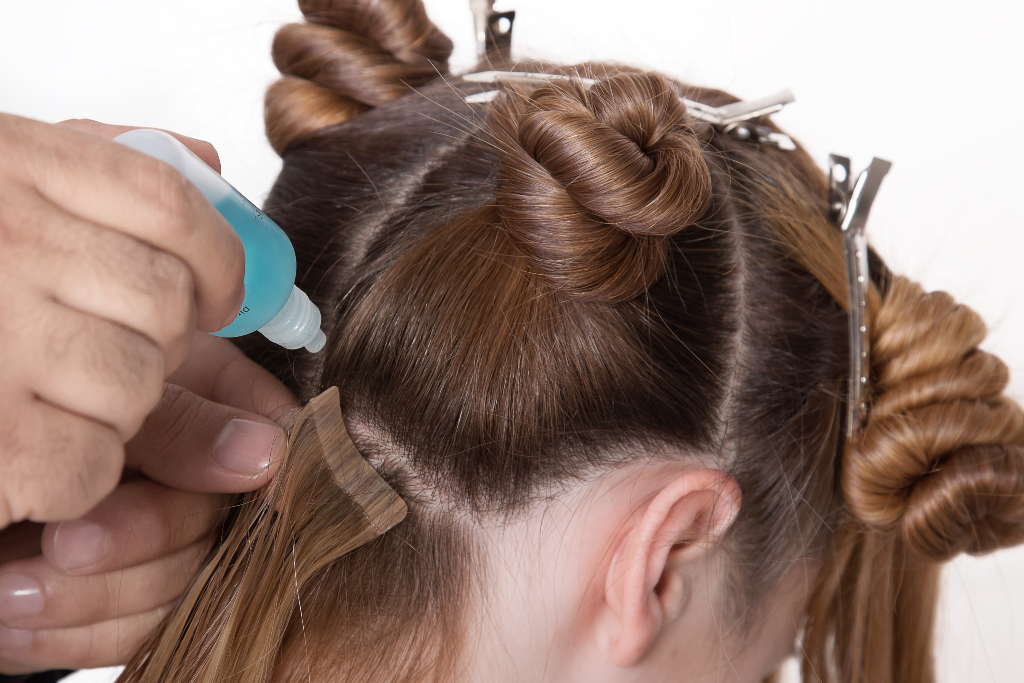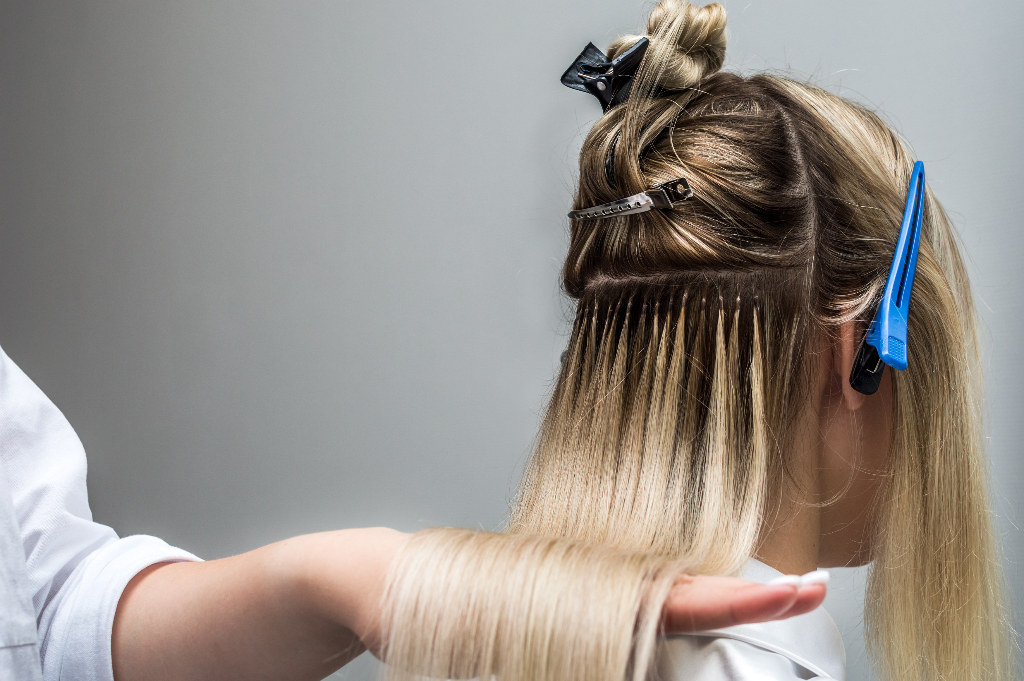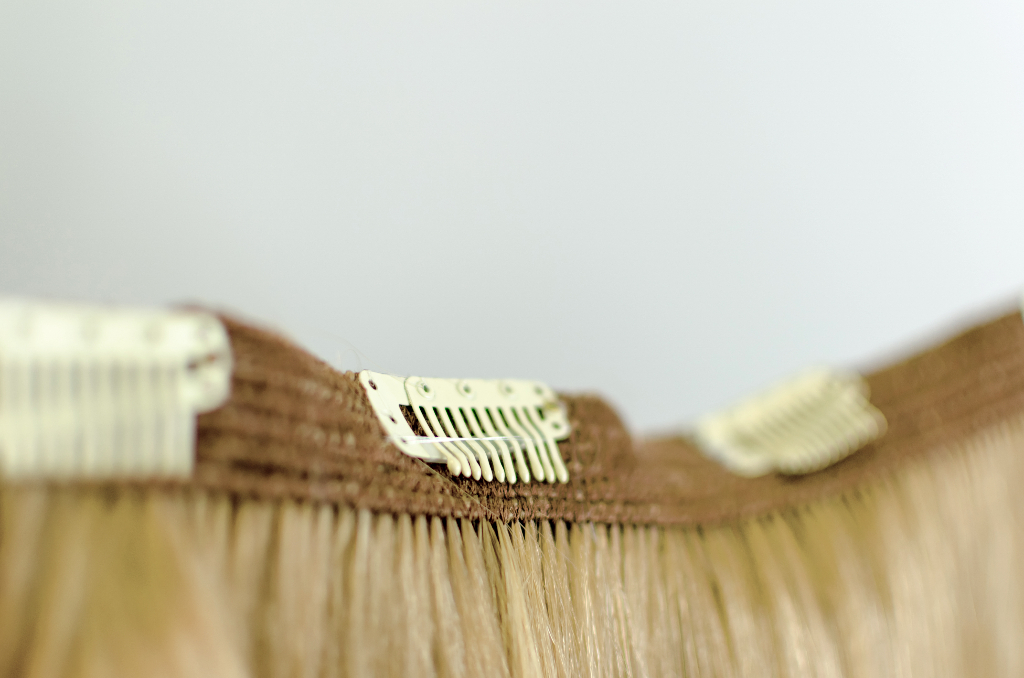If you’re into DIY beauty treatments, then you are among a tremendous number of other women who are having fun transforming themselves into beauty queens at home while simultaneously saving themselves money. Whether you’re learning to apply makeup, arching your own eyebrows, or trying to come up with a beautiful new hairstyle, you’re likely to really enjoy your at-home beauty sessions. You may have come across the term “hair bonding glue” for the first time during your research, and here is an overview of what this product is, as well as what it’s used for.
Hair extensions & hair bonding glue
If you’re suffering from hair loss or you simply feel that your hair is shorter than you’d like it to be, then you may consider adding in hair extensions. If you do ultimately decide to add extensions, then you should be aware that hair bonding glue is a popular way to attach extensions to natural hair. There are many different bonding glues available, and most are strong enough to allow extensions to remain attached for extended lengths of time. Many are waterproof, so washing and conditioning the hair while the extensions are still attached is typically not a problem.
How to use hair bonding glue

Hair bonding glue is very easy to use, and all that you must do is dip each extension into the glue and attach it to your hair before it dries. The key is to learn to use the precise amount that you need, but the more you use bonding glue to apply hair extensions, the more familiar you will become with how much glue is enough and how much is too much, or too little.
When applying some bonding glue, the glue can often be placed on the edges of the extensions straight from the bottle, as this makes applying it a lot easier and less messy.
Is hair bonding glue safe?
There have been many questions regarding the safety of bonding glue. Not only do a majority of brands contain large amounts of latex, a common allergen, but most hair bonding glues contain various chemicals that can have a negative impact on a person’s health. Furthermore, bonding glue is known for blocking air to the scalp, which leads to excessive dryness, breaking hair and hair loss. These side-effects can often be permanent, so many people feel it’s not worth taking a chance on sustaining permanent damage to their hair and scalps in order to wear hair extensions. Luckily, there are some alternate ways of attaching hair extensions.
Sew-ins: Another way of attaching hair extensions

Since there are so many potential dangers of using hair bonding glue, many women choosing to use hair extensions will opt for other ways of attaching them. One popular alternative to bonding glue is sewing on the extension, instead. In order to do a sew-in, the natural hair is braided and then a special “needle-like” tool is used to “sew” the hair extensions onto the braided hair. Of course, women with especially short hair will not be able to use this option if they’re unable to braid their natural hair.
There are many advantages to sewing in hair extensions as opposed to gluing them in, and the main advantage is the fact that the hair extensions will remain attached a great deal longer when sewn in. Regardless of how well bonding glue adheres to the hair, the glue eventually wears out after so many washings. With a sew-in, the extensions will remain attached as long as the wearer wants them in.
Sewing in hair extensions is not all positive, unfortunately. Many women can’t tolerate them, because they say the pain is too intense. First of all, the braided natural hair is often too tight, which causes pain as the hair is pulled against the scalp. Also, depending on how heavy the hair extensions are, they can pull on the braided natural hair even more, causing further pain.
There are some women who have positive experiences with hair extensions that are sewn in, and many of them feel that it’s the only way to wear extensions. These women often wear sew-in hair extensions all the time, without ever experiencing any problems. However, every woman is different, and some have more tender scalps and lower pain thresholds than others.
Clip-on hair extensions

Women who don’t want to contend with the potential dangers of bonding glue or the pain of sewns often consider clip-on hair extensions. However, clip-on hair extensions come with its fair share of cons. First of all, many people say that the extensions are too heavy and the clips can sometimes fall out. Additionally, the clipped-on hair extensions are definitely not for the long-term, as they must be removed to wash the hair, and they can be uncomfortable to sleep in. Also, women with very short hair or who are bald obviously can’t wear clip-on hair extensions.
Conclusion
As you can see, bonding glue is a strong adhesive that helps hair extensions attach to natural hair in order to enhance the appearance and length of the hair. While many women swear by bonding glue when using extensions, others have had bad experiences and have sworn them off. If you decide to use bonding glue to attach hair extensions to your hair in the future, just be sure to follow the instructions on the glue bottle carefully. And try to give your hair a break from glue once in a while to minimize experiencing side effects.

